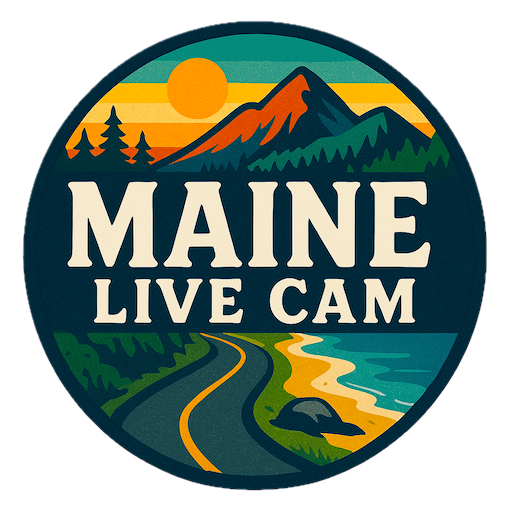Jackman, Maine Weather Cams
Newton Field Airport Cam
Newton Field Airport Right Cam
Newton Field Airport FAA Cam
Sally Mountain Cabins Cam
Cozy Cove Cabins on Big Wood Lake Cam
Jackman, Maine: A Wilderness Gateway with a Rich Frontier Past
Jackman, Maine Weather Cams.
Nestled in the rugged forests of western Maine, Jackman is a small but historically significant town that has played an important role in the development of the region. From its origins as a remote settlement to its modern-day reputation as an outdoor recreation hub, Jackman’s history is deeply connected to the timber industry, transportation, and the untamed wilderness that surrounds it.
Early Settlement and Frontier Life
Before European settlers arrived, the area that would become Jackman was inhabited by the Abenaki people, who traveled the waterways and relied on the abundant wildlife for sustenance. Their seasonal migrations took them through the vast forests and lakes that later attracted fur traders and pioneers.
The first non-Indigenous inhabitants arrived in the early 19th century, drawn by the promise of rich natural resources. The harsh winters, dense forests, and limited infrastructure made life difficult, but settlers persevered, establishing small homesteads and beginning trade with larger towns to the south. The landscape dictated the pace of settlement—early pioneers relied on rivers for transportation and trade, while hunting and trapping supplemented their livelihoods.
The Arrival of Industry and Railroads
By the mid-1800s, Jackman began to emerge as a key player in Maine’s logging industry. The dense forests surrounding the town provided valuable timber, which was harvested and transported via waterways and rough logging roads. The construction of railroads in the late 19th century was transformative, as it connected Jackman to larger cities and greatly improved the efficiency of timber transport.
The arrival of the Canadian Pacific Railway in 1889 was particularly significant. The railroad linked Jackman to both the Canadian provinces and New England markets, cementing its role as a strategic transportation hub. Loggers, merchants, and travelers all passed through Jackman, leading to the establishment of hotels, supply stores, and businesses catering to both the timber trade and transient visitors.
Jackman’s Role in Maine’s Logging History
Throughout the late 19th and early 20th centuries, logging continued to drive Jackman’s economy. The town became home to lumber mills, sawmills, and bustling logging camps, where workers endured grueling labor conditions to extract timber from the wilderness. Horses and oxen hauled logs through the dense forests, and men worked long hours cutting, processing, and preparing lumber for shipment.
As the industry grew, so did the town’s population. Schools, churches, and local businesses flourished, creating a more structured community amid the rugged landscape. The town became a vital supply point for remote logging operations, offering provisions, services, and transportation links that kept the industry running.
The Decline of Logging and the Rise of Tourism
Like many logging towns, Jackman faced economic fluctuations as demand for timber shifted in the mid-20th century. As mechanization changed the industry and regulations limited deforestation, fewer workers were needed, and some mills shut down. However, Jackman adapted by turning to another valuable resource—its natural beauty.
The same forests, lakes, and mountains that had sustained the timber trade became attractions for outdoor enthusiasts. Hunting, fishing, and snowmobiling emerged as major recreational activities, drawing visitors from across New England. The construction of Route 201 further increased accessibility, allowing travelers to experience the wilderness without relying on railroads or waterways.
Jackman Today: A Thriving Outdoor Destination
Today, Jackman remains a small but vibrant town known for its scenic beauty and outdoor recreation opportunities. It attracts hikers, anglers, hunters, and snowmobilers eager to explore its untouched wilderness. While remnants of its logging past still exist, Jackman has successfully embraced a new identity that balances tourism with conservation.
Its history reflects the adaptability and resilience of frontier communities—built on hard work, shaped by industry, and sustained by the natural landscape that has always been its greatest asset. Jackman continues to honor its past while welcoming new generations eager to experience Maine’s breathtaking wilderness.
For more information, visit the Jackman, Maine official website.
